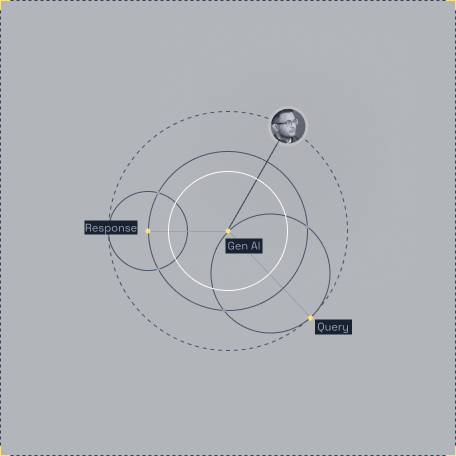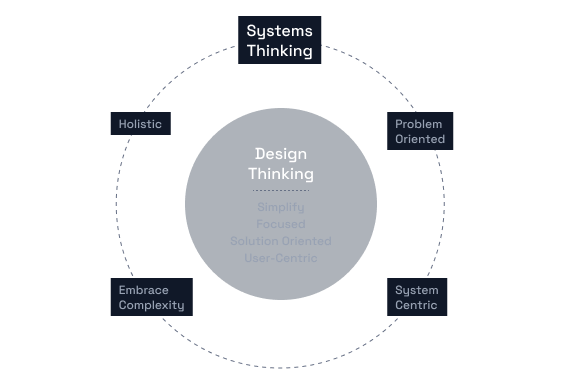
Empowering teams with bespoke AI—one workflow at a time.
elevate:coreai
Trusted Tools at a Glance







The Precision Gap: Why “Vanilla" LLMs Fall Short on Factual Accuracy
“Vanilla” Large Language Models (LLMs) have a “precision gap” despite their power in text generation and understanding. Their knowledge is fixed at their last training cut-off, making it often outdated.

Simple RAG
Direct query to knowledge base, effective for straightforward Q&A.
Simple RAG with Memory
Remembers past conversations for coherent responses.
Branched RAG
For queries requiring information from multiple distinct knowledge bases.
HyDE (Hypothetical Document Embedding)
LLM generates a hypothetical answer to improve retrieval accuracy.
Adaptive RAG
Dynamically chooses retrieval strategy based on query nature.
Corrective RAG (CRAG)
Self-correction for enhanced reliability by re-retrieving or reformulating.
Self-RAG
LLM generates “reflection tokens” to assess and improve retrieved information and responses.
Agentic RAG
Integrates RAG with AI Agents’ planning and action capabilities.

Engineering Intelligent Behavior: Key Agentic AI Design Patterns
AI Agents move beyond traditional automation, enabling systems to think, plan, adapt, and autonomously execute complex workflows requiring judgment and interaction with multiple systems. This redefines operational efficiency and unlocks unprecedented autonomy.
Reflection Pattern
This pattern enables AI to “reflect” on its own outputs, identify potential errors or shortcomings, and then refine its approach or response for improved accuracy and quality.
Tool Use Pattern
This allows AI to leverage external tools, APIs, and systems (such as search engines, databases, or specific software applications) to extend its capabilities beyond its inherent knowledge and perform actions in the real world or interact with other digital services.
Planning Pattern
This pattern equips AI with the ability to break down complex, high-level goals into a series of smaller, manageable sub-tasks. It involves strategic thinking to create a detailed, step-by-step plan of action to achieve the overall objective.
Multi-Agent Pattern
This involves the deployment of multiple AI agents, each often specialized in a particular area or task, that collaborate and communicate with each other to collectively achieve a shared, more complex objective.
Where Human-Centered Design Meets Intelligent Systems
AI is only as powerful as it is usable. Let’s bridge the gap between cutting-edge AI and intuitive user experience — building solutions that are not just smart, but seamless, scalable, and user-approved.
